
























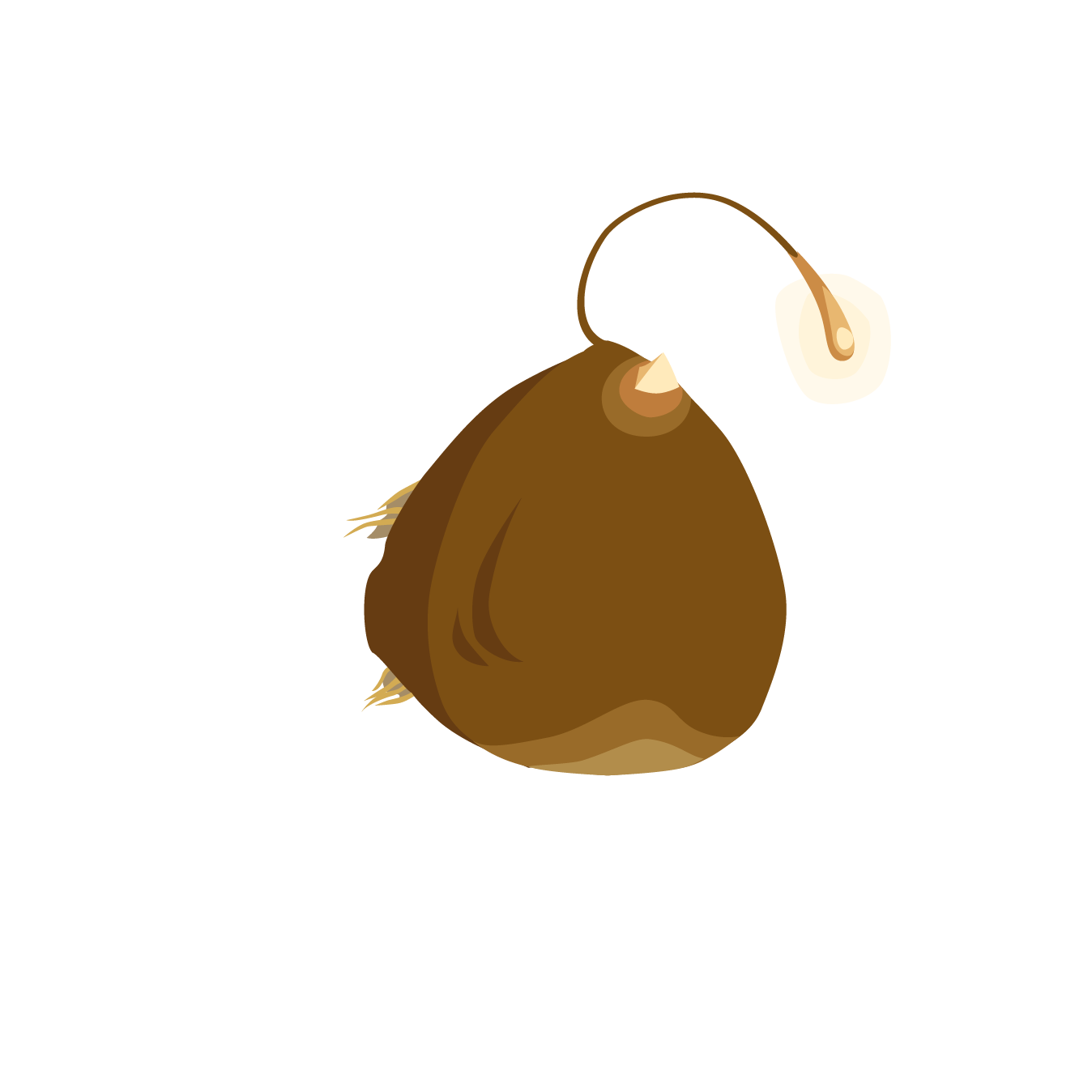

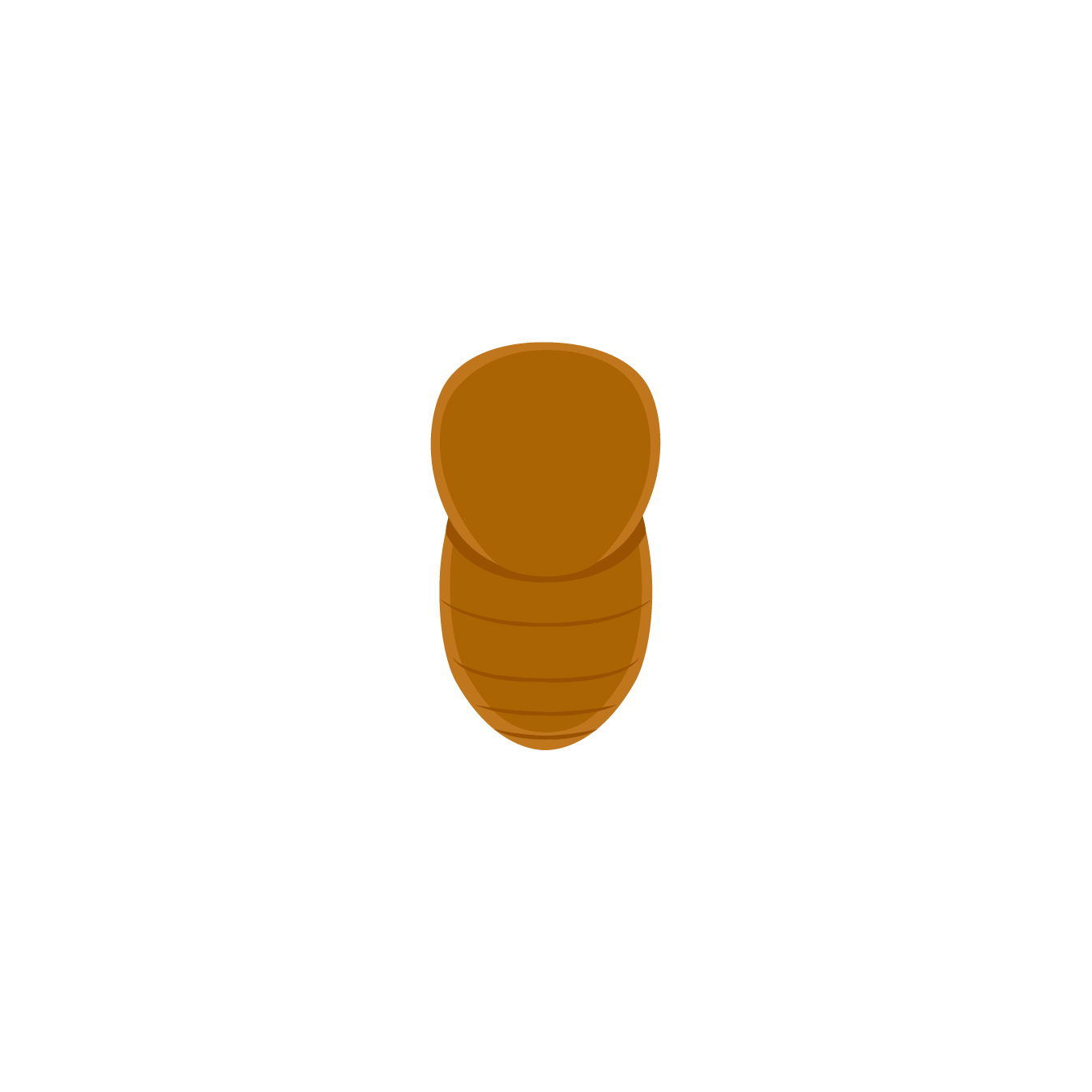
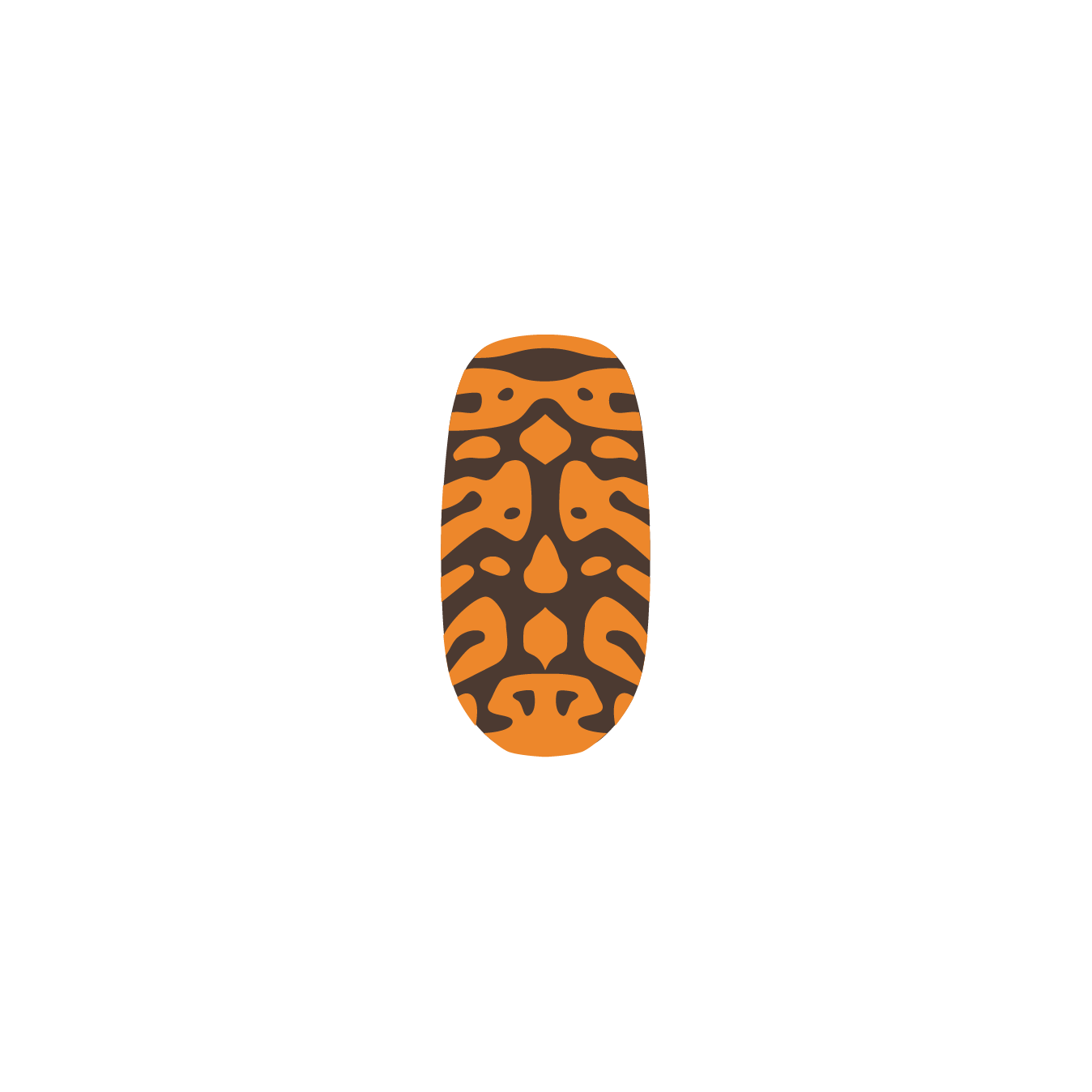
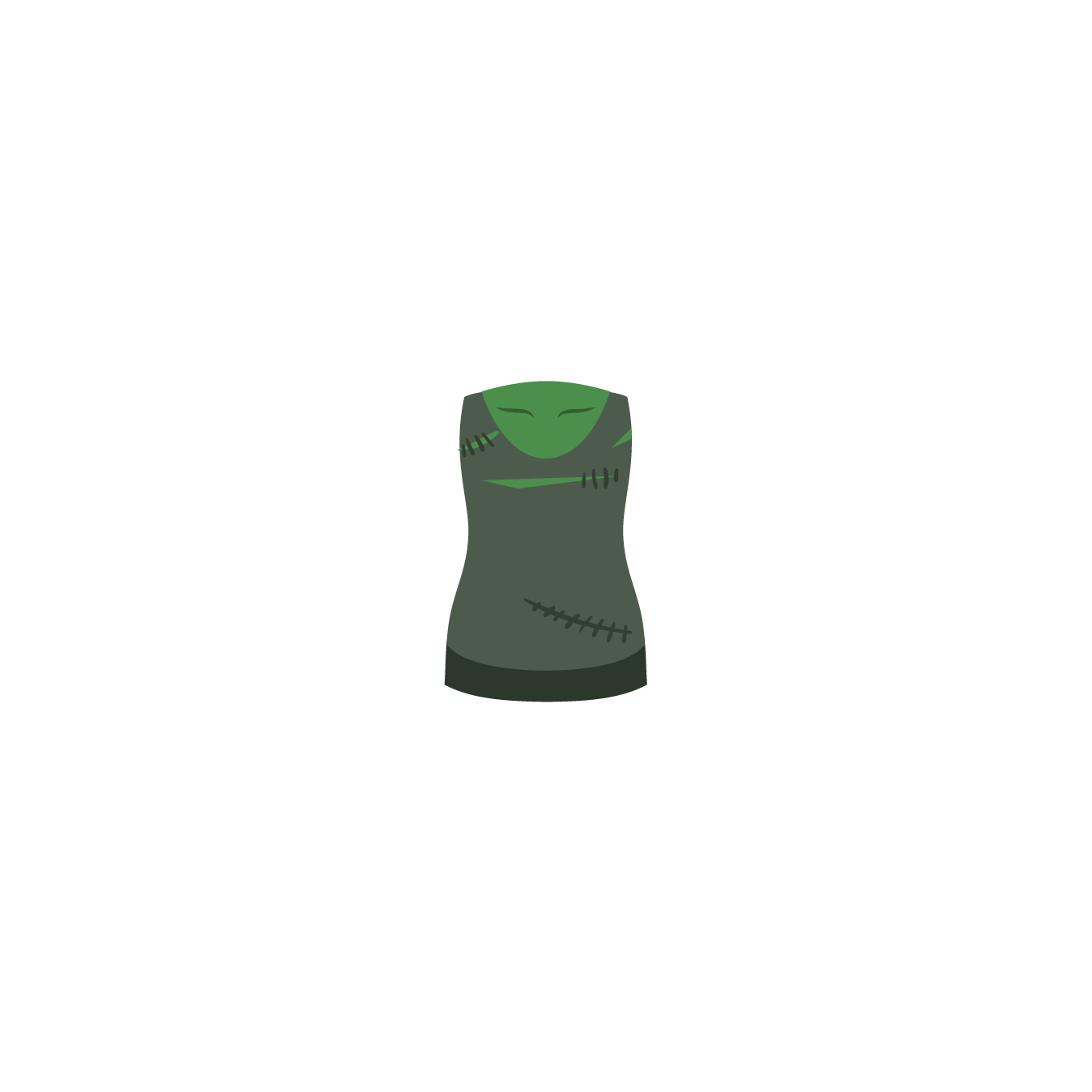
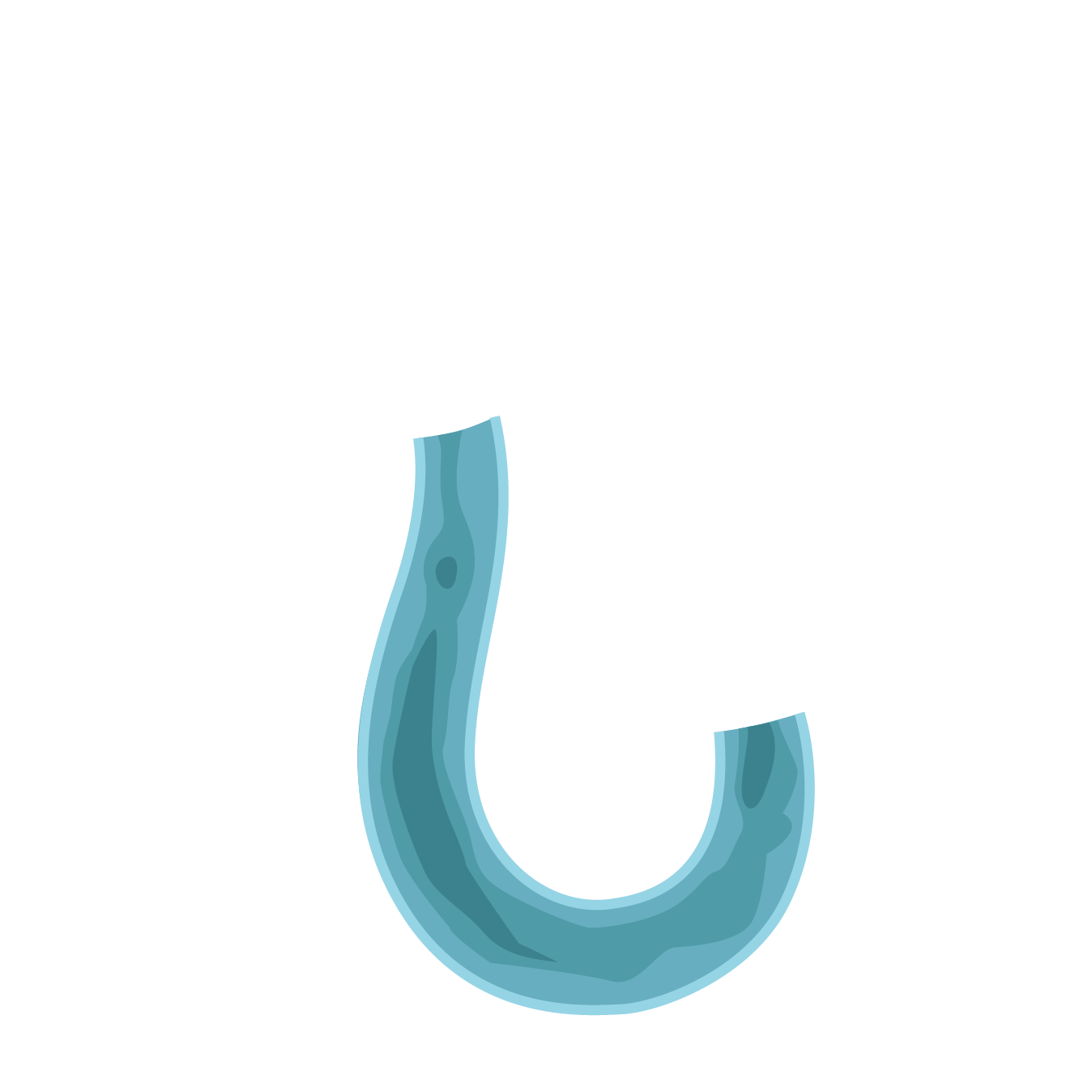
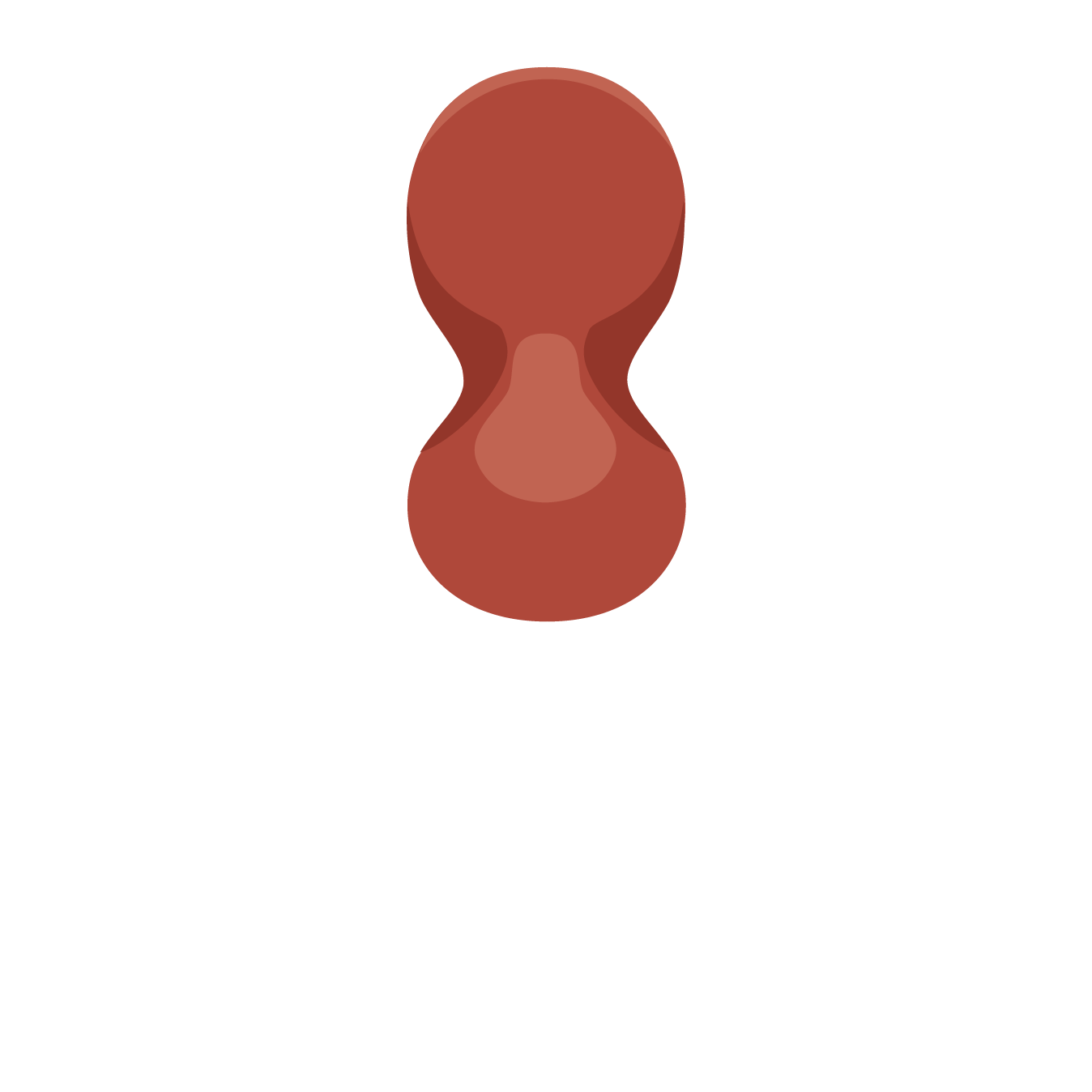
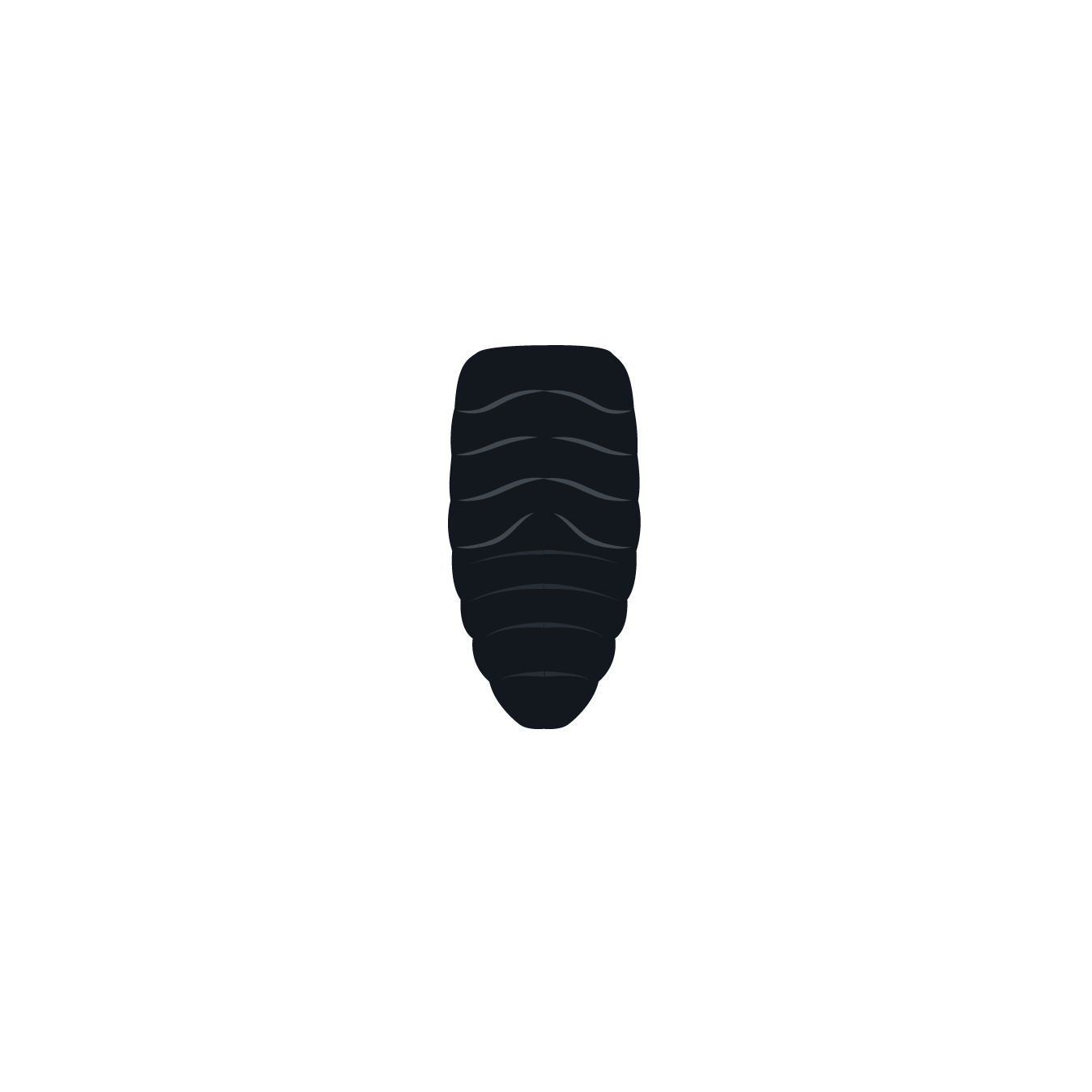
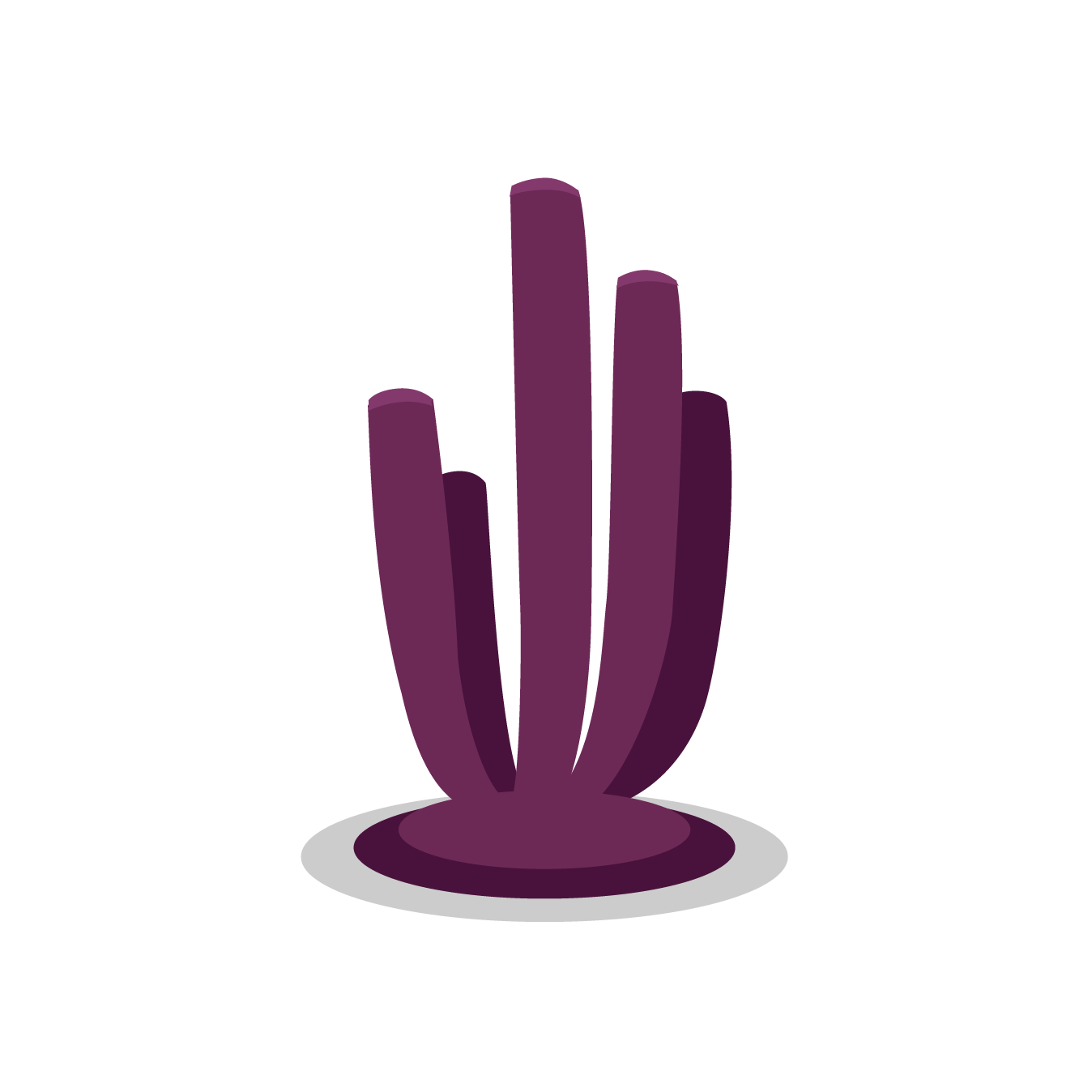
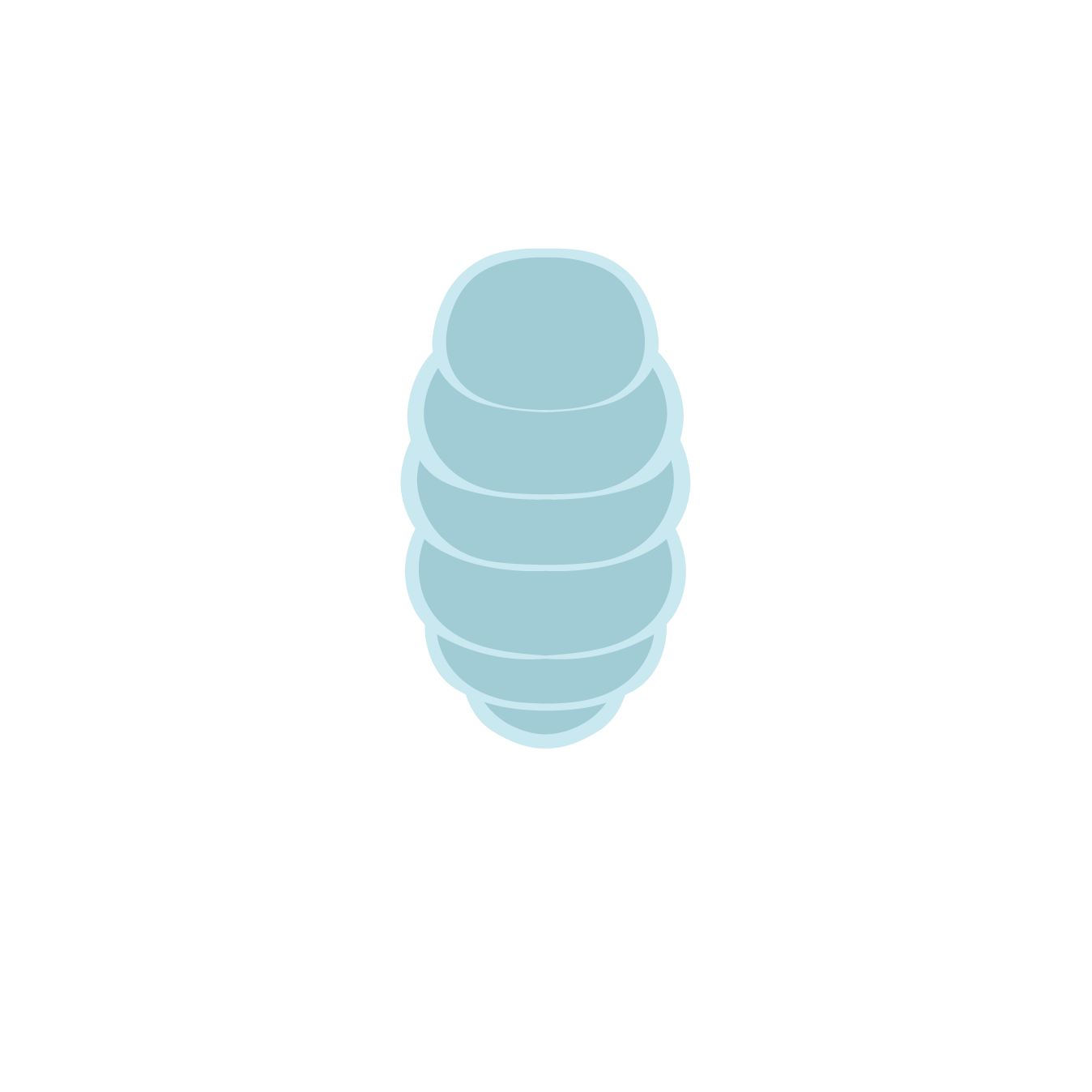
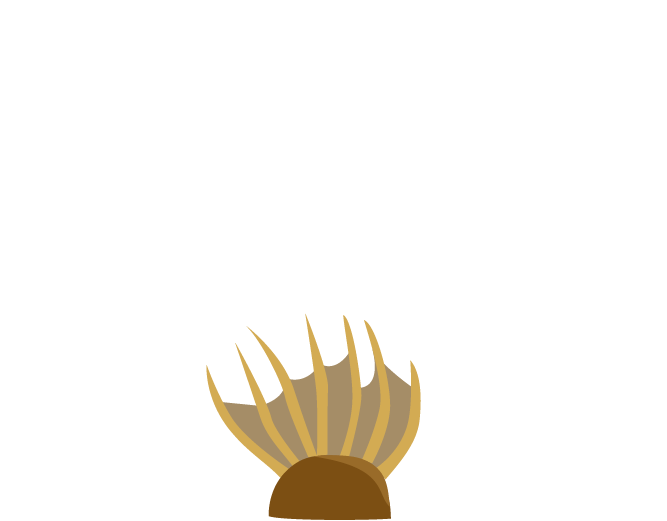
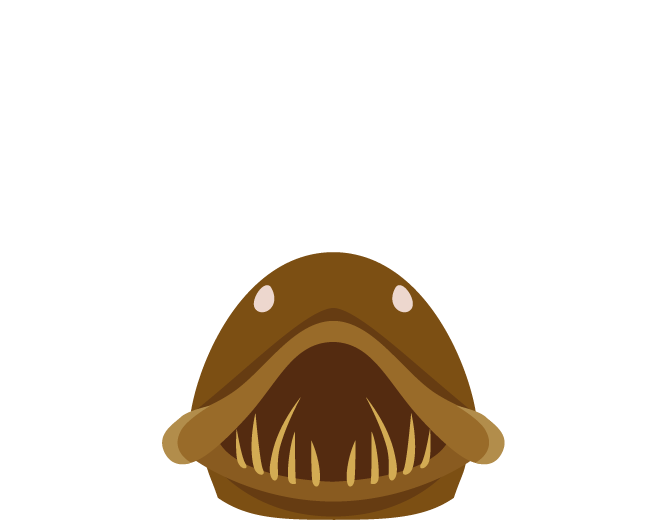
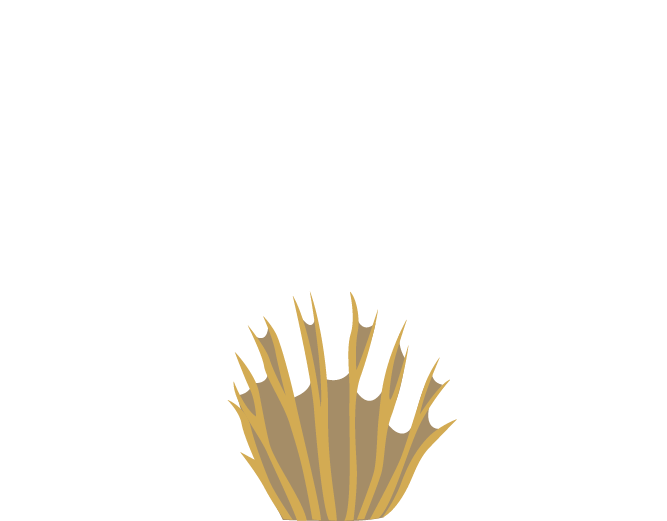
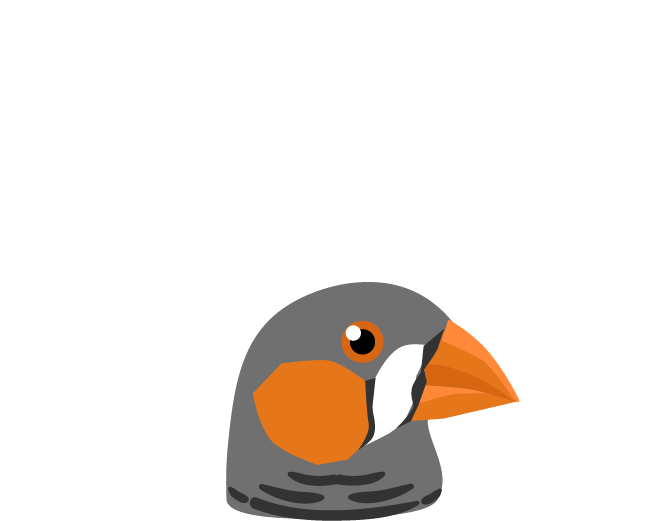
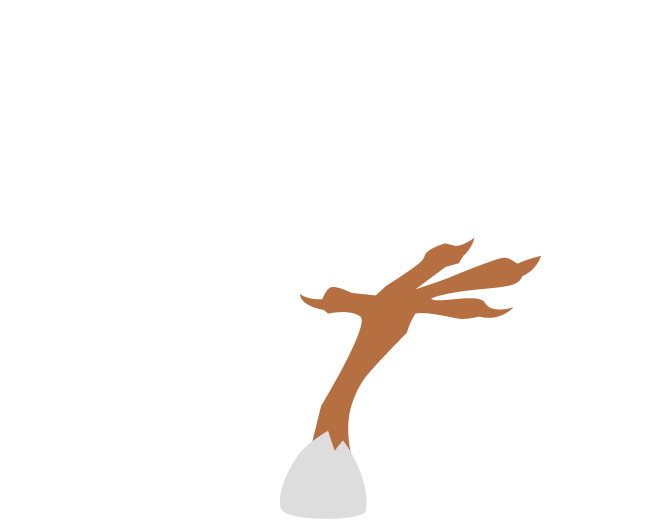
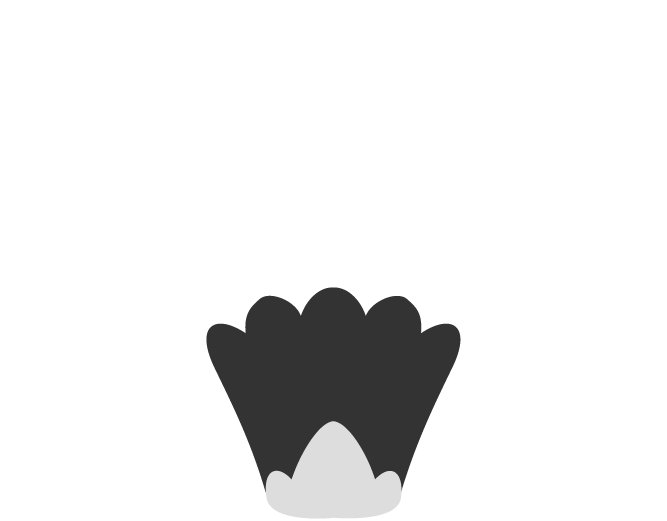

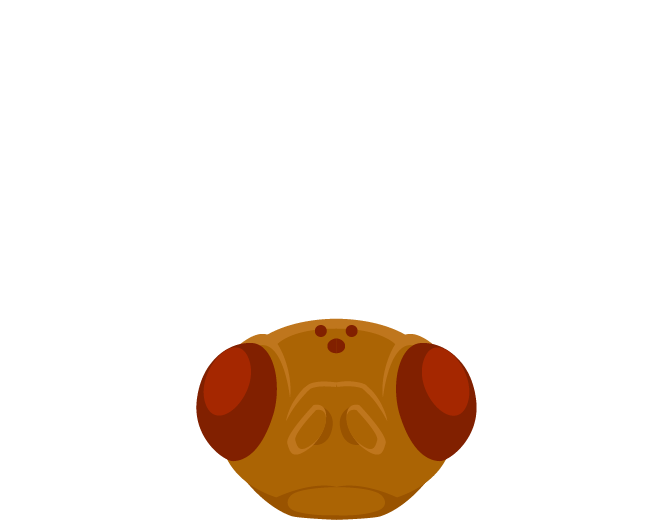
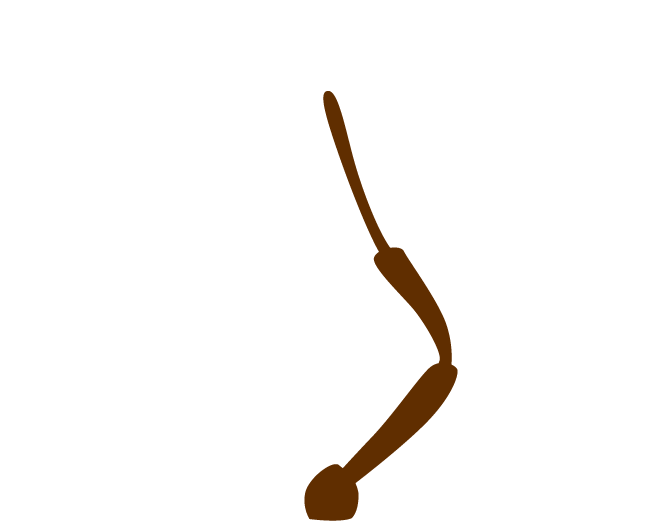
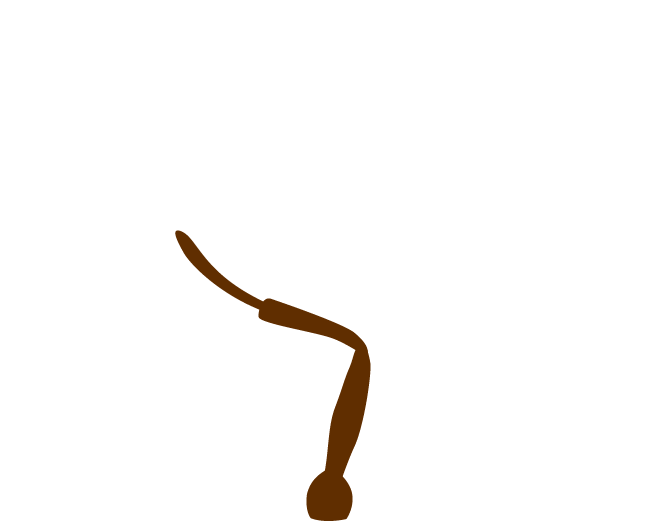
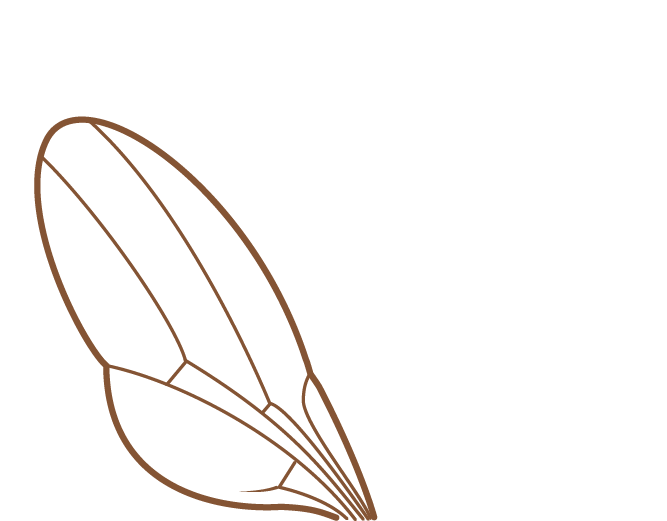

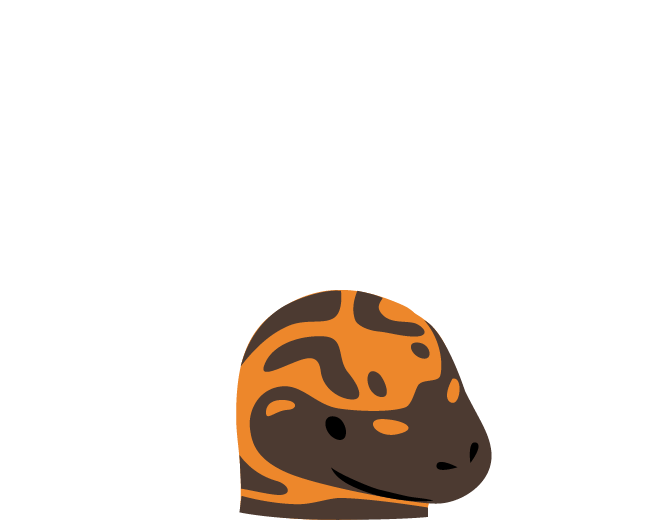
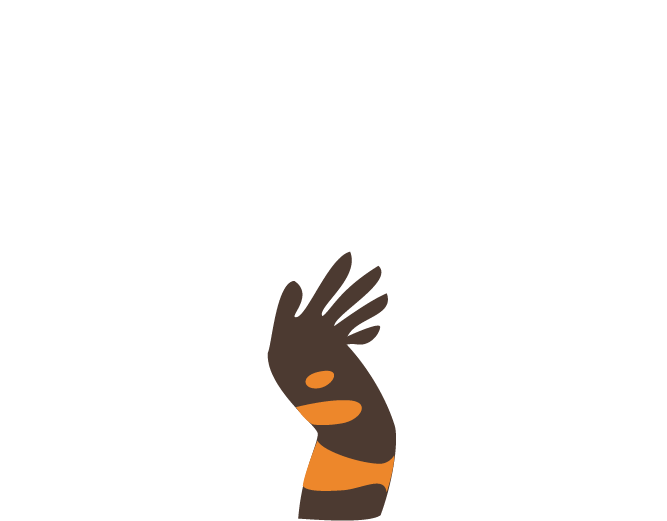
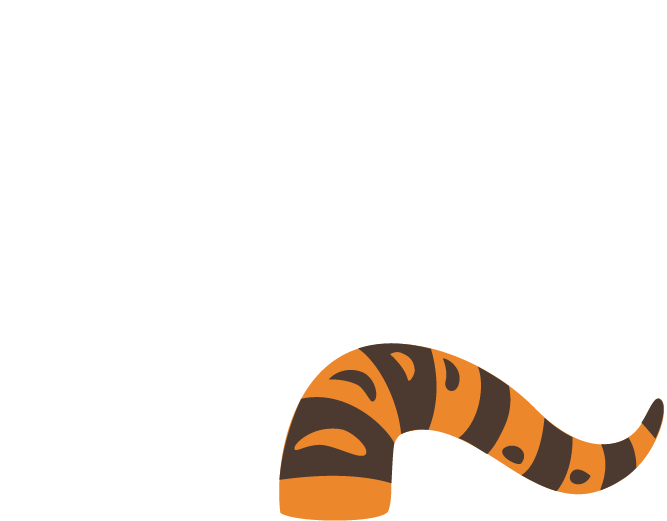
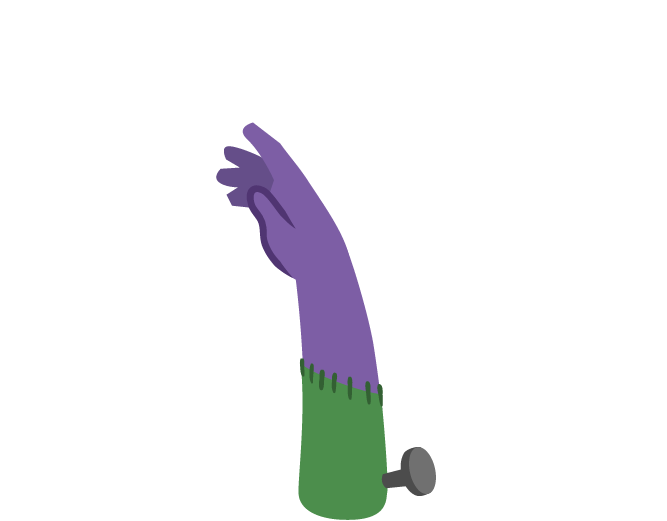
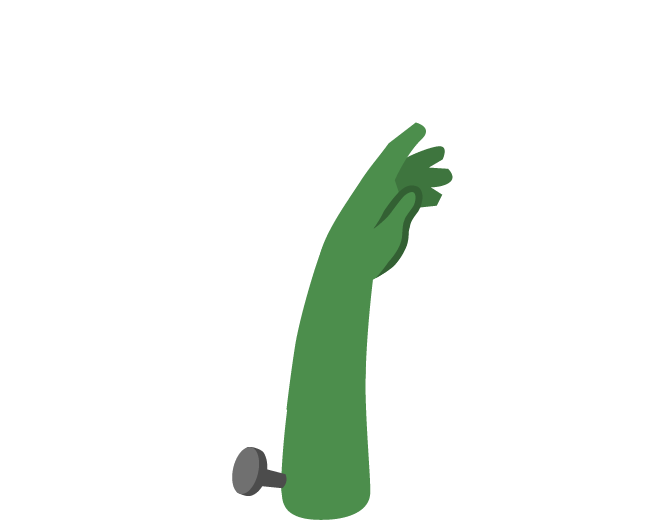
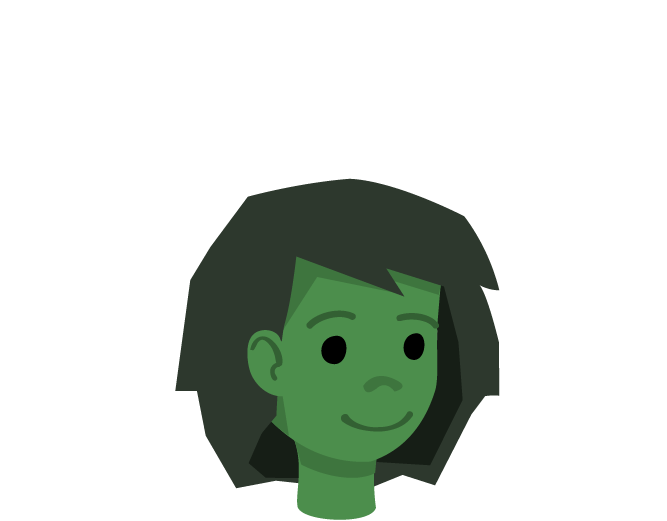
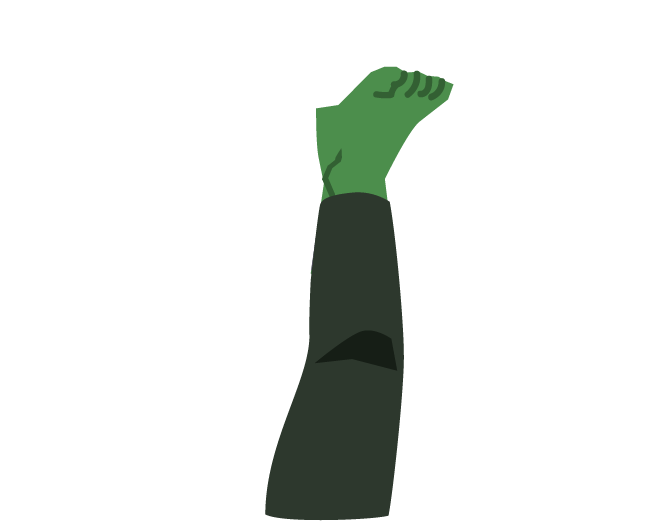
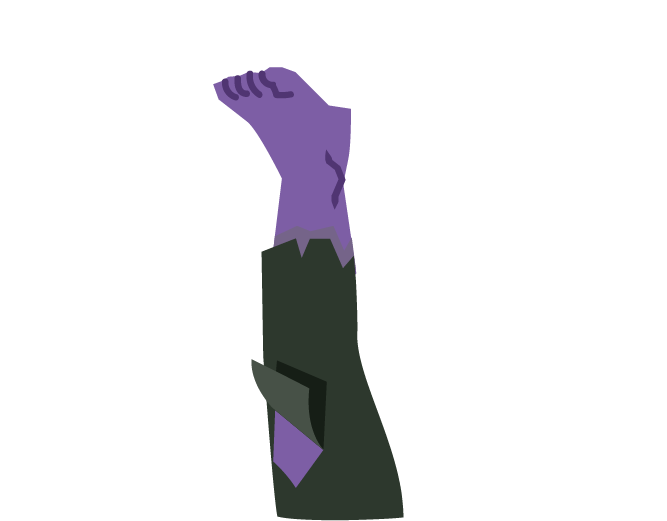

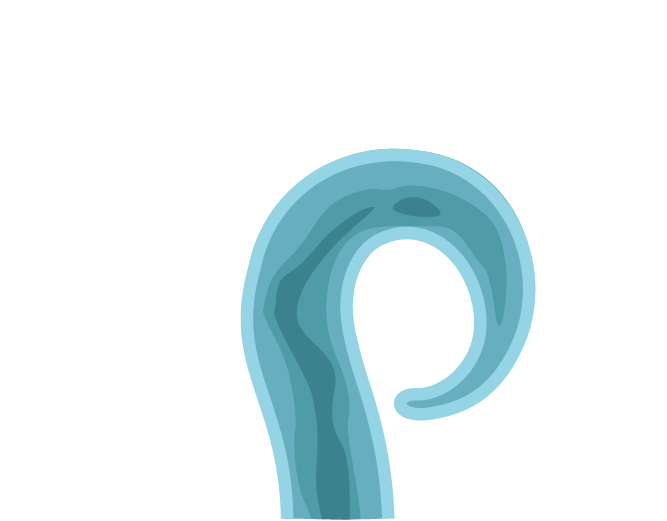
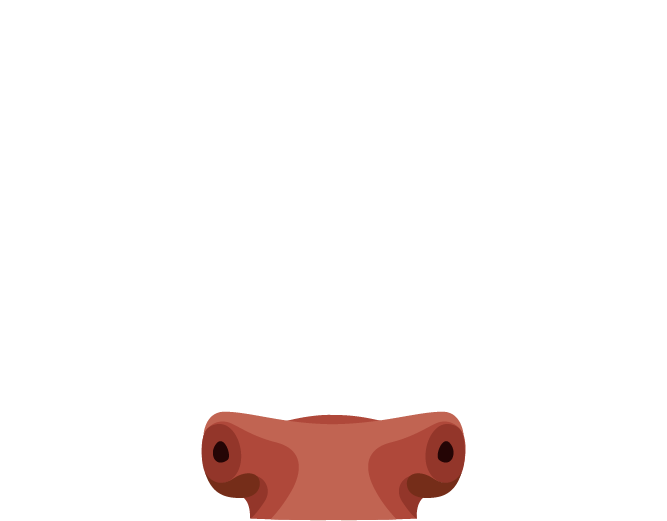
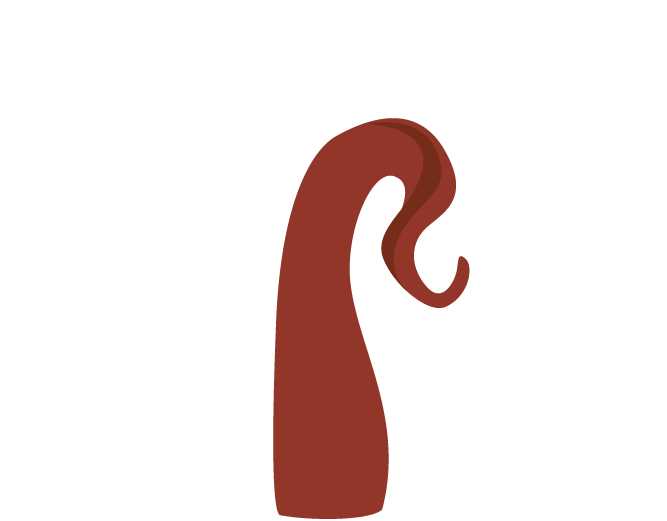
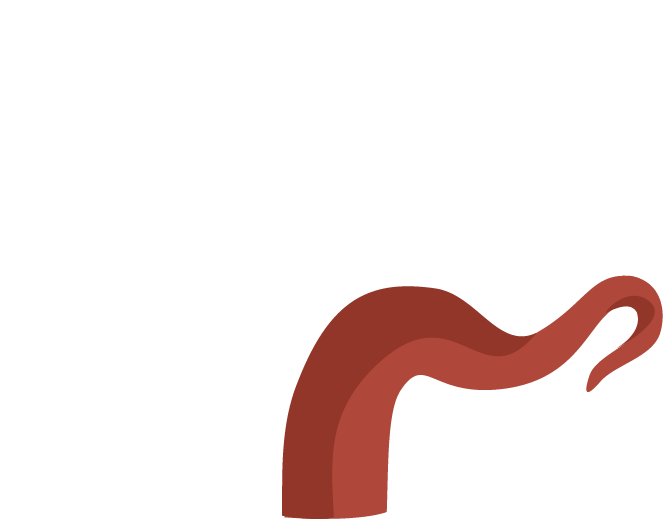

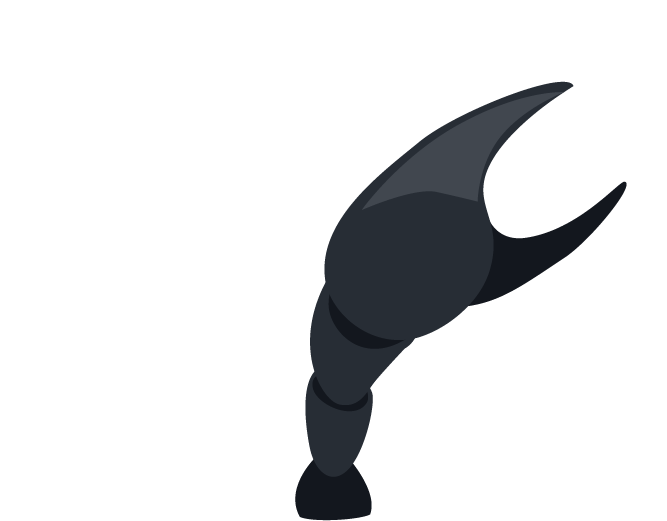
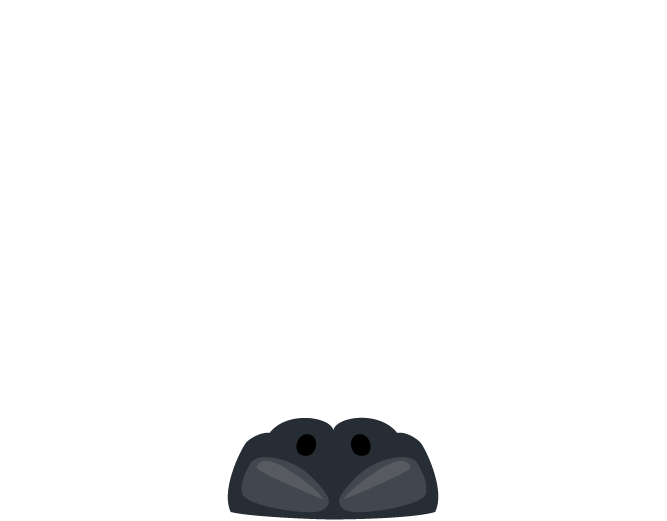
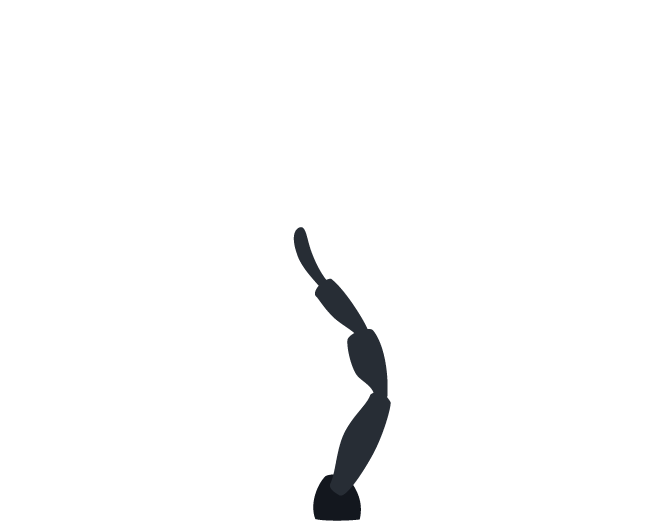
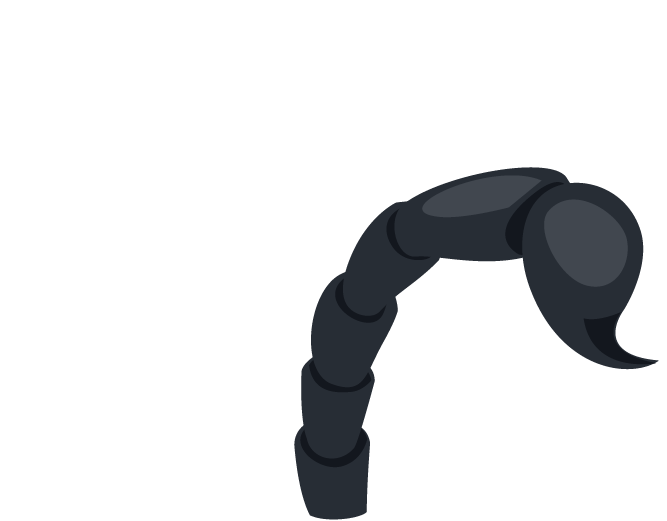
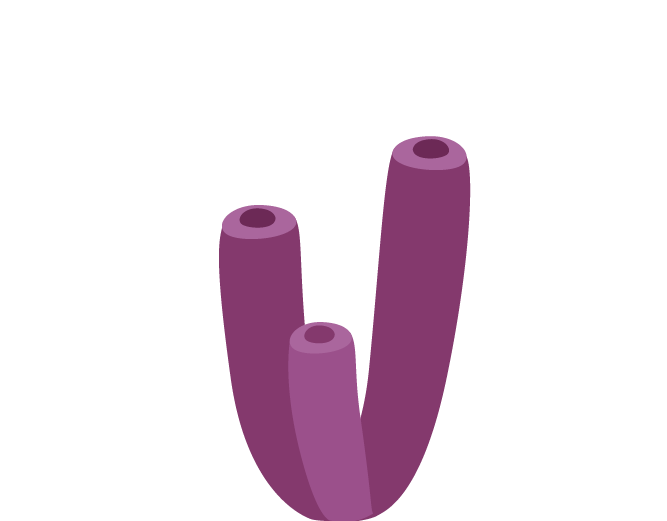
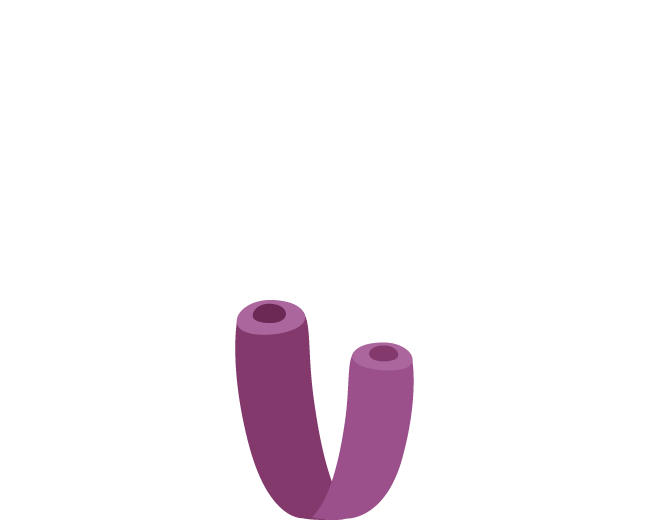
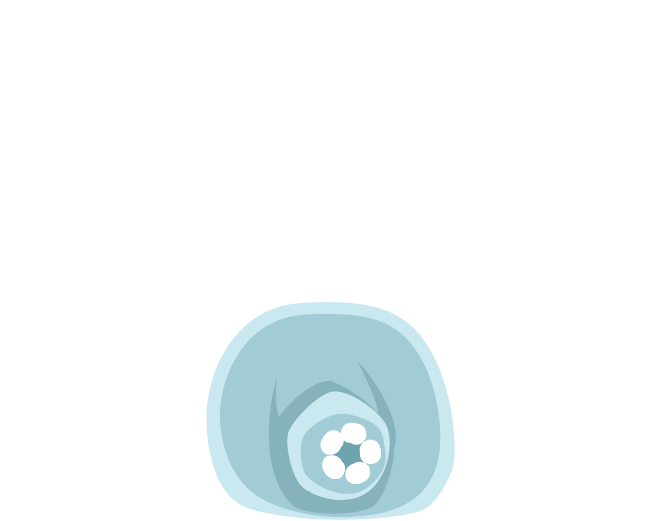
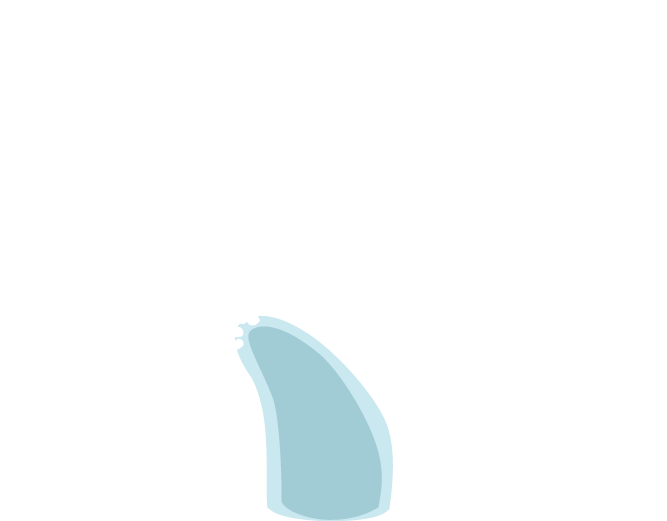
Asexual: an organism that can reproduce without exchanging reproductive cells with another organism.
Arachnid: an organism with eight legs that have joints (like your elbows and knees).
Aves: a group of animals that have feathers, wings, and some hollow bones.
Bony fish (Osteichthyes): a group of fish that have skeletons mainly made of bone tissue, rather than cartilage.
Book lungs: a lung structure in which gas exchange surfaces are in a cavity that has a hole that allows air in. There is no movement of the lungs, so gas exchange is passive.
Brain: a brain and a series of nerves throughout the body control function and movement.
Budding: an animal that reproduces by growing and breaking off a piece of its own body.
Cephalopod: a type of mollusc that has a symmetrical body, a head, and several arms or tentacles with suckers.
Closed circulation: a system of circulation in which blood is pumped by a heart and travels through closed vessels within the body.
Complex lungs: lungs deliver oxygen to blood, which carries it through series of vessels to tissues.
Diffusion: a system that relies on passive movement of molecules to get oxygen in the body and to cells and to remove carbon dioxide from the cells and the body.
Ectotherm: does not produce own body heat; depends on environment to change body temperature.
Endoskeleton: an inner skeleton that needs structural attachment points and contrasting muscles to work properly.
Endotherm: creates own body heat.
Exoskeleton: a hard outer layer that protects the body.
Ganglia nerve cords: balls of nerve cells support the nerve cord, with a series of nerves that connect throughout the body to control function and movement.
Gill gas exchange: a respiratory system in which water (which carries oxygen) is driven across gills, the place where oxygen and carbon dioxide are exchanged.
Hermaphrodite: an organism that has reproductive organs from more than one sex.
High metabolism: requires high levels of energy to maintain body function.
Hydrostatic supporting skeleton: body support is created by fluid pressure within the body. The fluid cavity is surrounded by muscles that can move body parts.
Hydrostatic skeleton: body support is created by fluid pressure within tissues.
Live bearing: an animal who gives birth to live young.
Lizard: a reptile with four legs (though some may be underdeveloped), external ears, and a special movable bone in their skulls.
Low metabolism: doesn’t use much energy to maintain body function.
Mammal: a group of animals that have fur and in which females create milk for young in mammary glands.
Marine: an animal that lives in salty water, as is found in the world’s seas and oceans.
Micro-animal: an animal so small it can only be seen with a microscope- they differ from animal plankton (zooplankton) because micro-animals can control their own movement.
Mollusc: an invertebrate that has a body wall and a body cavity used for breathing and to get rid of body wastes.
Nerve cords: a brain connects to two main nerve cords located along the belly side of the body, with a series of nerves that connect throughout the body to control function and movement.
No circulation system: lacks a closed system with fluids.
No nerves: no brain or nerve cells, but local responses to touch.
Open circulation: a system of circulation in which blood-like fluid travels freely throughout the body, and tissues are surrounded by slowly moving blood. There are no blood vessels.
Open circulation with heart: a system of circulation in which blood is pumped by a heart but travels freely throughout the body, and tissues are surrounded by slowly moving blood. There are no blood or fluid vessels.
Oviparous: egg-laying.
Ovoviparous: an organism whose young develops within eggs, but eggs are held within the mother’s body until hatch.
Poriferan: a group of simple multi-celled organisms filled with holes (or “pores”) where water can filter through their bodies.
Sessile: an animal that spends all or most of its life anchored to a single spot. A small number of sponges can move with millions of tiny feet called pinacocytes.
Sexual: an organism that reproduces by exchanging reproductive cells with another organism.
Sexual and asexual: an organism that can reproduce in multiple ways, either by exchanging reproductive cells with another organism, or by using only its own cells.
Simple lungs: simple sac lungs deliver oxygen to blood, which carries it through series of vessels to tissues.
Small world network: a nervous system that relies heavily on local-control nerve networks, and in which nerves may not fire in the most common way (called an action potential).
Spicule skeleton: a type of endoskeleton made of a small protein fibers.
Tracheae: breathes through a series of tubes (called tracheae) that enter the side of the body and deliver oxygen directly to cells through diffusion.
Insect: a group of animals with six legs, external mouthparts, and an external skeleton made of a material called chitin.
Invertebrate: an animal that lacks a backbone (spinal column).
Unsegmented: a type of worm whose entire body is symmetrical on each side, but who does not have repeating segments along the length of its body.
Vertebrate: the major group of animals that have a backbone (spinal column).
Very low metabolism: doesn’t use much energy to maintain body function.




































































